



All found within fifteen minutes of the Hotel
These flowers have all been seen on the footpaths between Thurlestone and Bolt Tail, depending on the time of year. Click on the pictures to see a larger image.
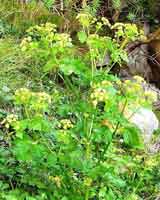
Smyrnium olusatrum
Best seen: April to June
A large plant that grows up to 1.5 metres tall and has a thick main stem that can become hollow. The shiny green leaves smell of celery.
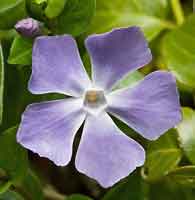
Vinca major
A vigorous evergreen sub-shrub forming a clump of erect stems bearing glossy ovate leaves and solitary violet-blue flowers 4cm wide in the leaf axils, with long rooting sterile stems making effective ground cover.
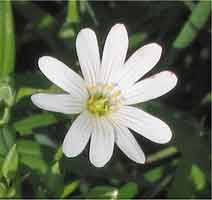
Stellaria holostea
Best seen: April to June
'Star-of-Bethlehem' and 'Wedding Cakes' are just some of the other names for Greater Stitchwort. Look for its pretty, star-shaped, white flowers in woodlands and along hedgerows and roadside verges.
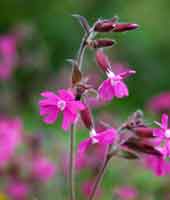
Silene dioica
Best seen: May to September
Just as the bluebells finish flowering in our woodlands, the rose-red blooms of red campion start to brighten up the woodland floor. Look for this pretty plant in hedges and roadsides, too.
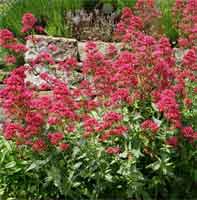
Centranthus ruber
Best seen: May to October
Red Valerian was introduced in the 1600s from Europe, but is now naturalised in the UK. Its pinky-red flowers grow from old walls, roadside verges, railway cuttings and cliffs, and provide nectar for insects.
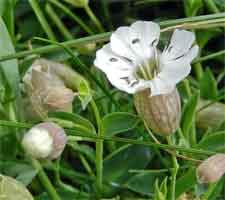
Silene uniflora
Best seen: June to August
A pretty white flower with distinctive, fleshy leaves. Sea Campion is related to the carnation. Other names by which it is known are 'dead man's bells', 'witches' thimbles' and 'Devil's hatties'.
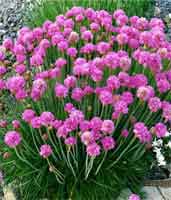
Armeria maritima
Best seen: April to October
Cushions of clover-like, pink Thrift are a familiar sight of cliffs, shingle beaches and sand dunes around the UK. Also known as 'Cliff Clover', it makes a good garden plant.

Erigeron glaucus
The Seaside Daisy originated in North America and spread themselves over Europe where they have naturalised in coastal areas growing on cliffs, sand dunes, and beaches.
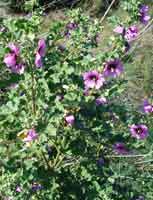
Lavatera arborea
Tree mallow is native to the south-west and west coast of the UK. It grows on maritime rocks, cliffs, stony ground or coastal bare ground and can form dense stands that cover large areas.